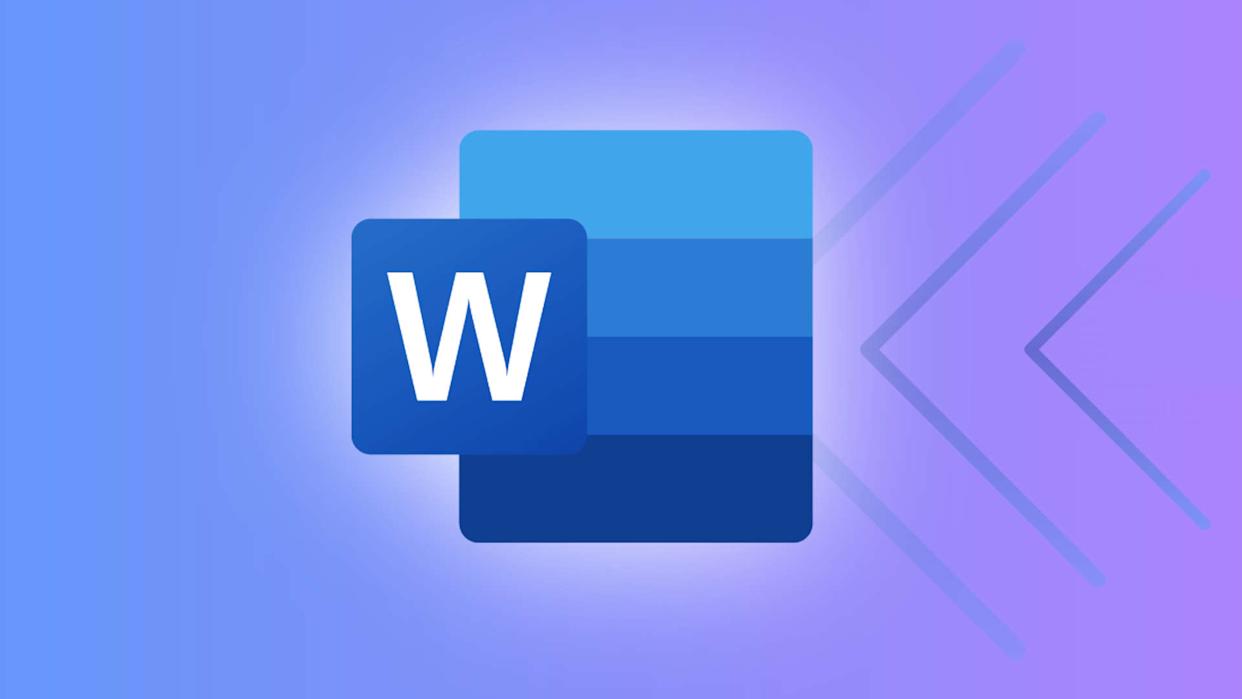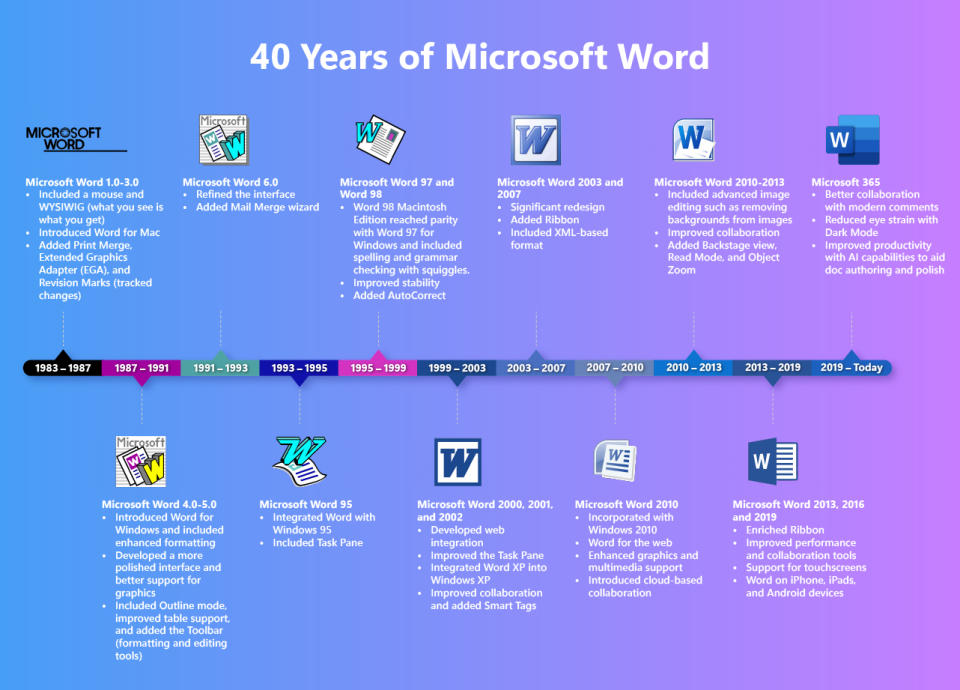Microsoft Word hits the big Four-O and if you can remember the first version, you're officially ancient

Long before GPUs and multicore processors were a thing, Microsoft decided to enter the lucrative world of business software with its word processing application, Word. If you're wondering just how long ago that was, well the ubiquitous electronic typewriter celebrates its 40th birthday this week.
Word first appeared in 1983, an era when Intel's most popular CPU was the 16-bit 80286, RAM costs hundreds of dollars for a few kB, and Apple launched the hugely expensive precursor to the Macintosh called Lisa. Back then, most of Microsoft's programs were designed to be operated through command lines but Word (or Multi Tool Word as it was first called) was designed to be operated via a terrifyingly radical piece of technology: The mouse.
Another big selling feature of the software was that it was a WYSIWYG ('what you see is what you get') word processor, meaning that how things looked on the monitor was how it would appear once printed out, in theory. With a price tag just shy of $400, it was targeted directly at the business sector, with an aim to topple the market leader WordStar.
Initial reception was far from positive, though, and it wasn't until the mid-90s that Word really found its feet in the market. But while it took a long time to achieve that goal, Word did indeed become the de facto writing package used by institutions, schools, and companies across the globe.
It's changed a lot over that time, though for many people, not for the better. For me, peak Word was at the turn of the millennium, as part of the Office 2000 and Office XP packages. It did everything that I ever expected from it, all with a crisp, clean interface.
The latest version of Microsoft 365 is as feature-packed as you'd like, though perhaps a tad excessively so, and Microsoft shows no sign of slowing down with implementing extra goodies. The next big thing will almost certainly be the integration of Microsoft's AI-powered Copilot, which readers of a certain age will look at and think 'Oh joy, Clippy's back'.

Still, four decades is a damn good run and other word processing applications have come and gone in that time. The once dominant WordStar is no more, commercially at least, though some notable writers still use it.
I have no doubt that Word will continue to be just as prevalent over the next 40 years, lest anything happens to Microsoft. Maybe by then, we'll all just be using the power of thought to make words appear on a screen.


